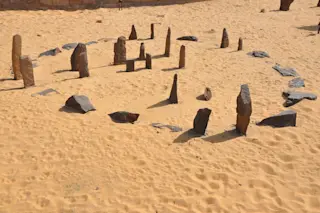For thousands of years, ancient societies all around the world erected massive stone circles, aligning them with the sun and stars to mark the seasons. These early calendars foretold the coming of spring, summer, fall and winter, helping civilizations track when to plant and harvest crops. They also served as ceremonial sites, both for celebration and sacrifice.
These megaliths — large, prehistoric monuments made of stone — may seem mysterious in our modern era, when many people lack a connection with, or even view of, the stars. Some even hold them up as supernatural, or divined by aliens. But many ancient societies kept time by tracking which constellations rose at sunset, like reading a giant, celestial clock. And others pinpointed the sun’s location in the sky on the summer and winter solstice, the longest and shortest days of the year, or the spring and fall equinox.
Europe alone holds some ...














